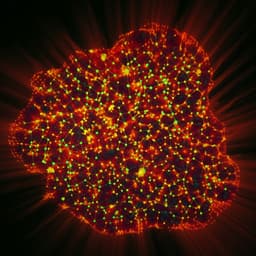
Earth Sciences
Rain and small earthquakes maintain a slow-moving landslide in a persistent critical state
N. Bontemps, P. Lacroix, et al.
Discover how local earthquakes and seasonal rainfall interplay to exacerbate landslide motion in Peru, as revealed by researchers Noélie Bontemps, Pascal Lacroix, Eric Larose, Jorge Jara, and Edu Taipe. This groundbreaking study uncovers the critical timing between seismic events and rainfall’s impact on landslides.
Playback language: English
Related Publications
Explore these studies to deepen your understanding of the subject.







